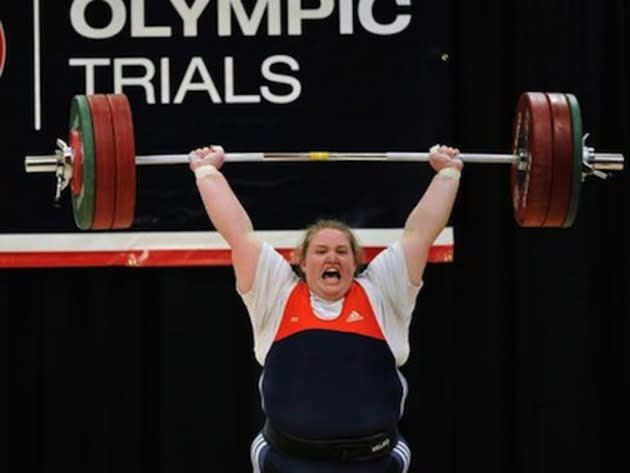How Tough is it to Become an Olympian?

Grit, determination, money, sacrifice. We all know it's incredibly hard to become an Olympian, but many of us, jazzed up by the watching the Games on TV, still dream that we could do it if only….
Related: Which Olympic Sport is the Hardest?
You imagine that bumping up your high school varsity training might have netted a spot on the team (I mean, you were the star player, right?). Or, for the slightly less athletically accomplished, what if you zeroed in on one of those quirky sports like curling or target shooting?
Related: Secret Olympics Weapon: High Tech Spying
Shine looked at the numbers to see what it really takes to become an elite athlete fit for Olympic glory.
5. Sessions per day martial arts expert Travis Stevens trains in order to prepare for London 2012. A typical schedule: 7-8:30 am, Weight training. 9-10:30 am, Judo. 11-11:30 am, Sprints. 2-3 pm, Cross-training. 6:30-8 pm, Judo. 10-11 pm, Running.
12,000. The calories swimmer Michael Phelps eats every day to replenish the energy he burns training. That's more than enough to feed a family of four.
Related: Phelps Showing Leadership Amongst US Swimmers
100. Chin-ups executed by gymnast Shawn Johnson during conditioning sessions when she was in eighth grade.
4. Years in advance that Olympic hopefuls schedule their workouts (sometimes eight). Do you know what you are doing next week?
85. Miles per hour skeleton racers achieve hurtling headfirst and unprotected down curving tracks that can drop as many as 50 stories in a few minutes.
35. Hours per week British triathlete Jonny Brownlee works out--rain or shine. That breaks down to an average of eight hours swimming, 10 hours running, 17 hours biking, plus hitting the gym for weight training.
25,000. Dollars that a gold winner medal on Team USA receives. Silver earns $15,000 and bronze nets $10,000. And, if you don't win or get sponsorship? Zero. The United States government does not support athletes financially or with health insurance, unlike some other countries. The USA Track and Field Foundation estimates that fewer than 50% of competitors ranked in the top ten in their event earn more than $15,000 a year from sports.
10. Miles per day world record holder Janet Evans swam per day, six days a week in her bid to return to competitive swimming after a 16-year hiatus. That's 330 lengths of an Olympic size-pool.
1. Year that Maria Sharapova's mom had to spend waiting for a visa to travel from Russia to the United States to see her then-seven-year old daughter who was already training in Florida.
90. Percent of players on the current U.S. Women's Soccer Team who have had at least one surgery for a sports-related injury.
Still think you have the guts? For coverage of the London Games, check out Yahoo's Complete Guide to the Summer Olympics.
Also on Shine:
10 Events for Your Own Backyard Olympics
